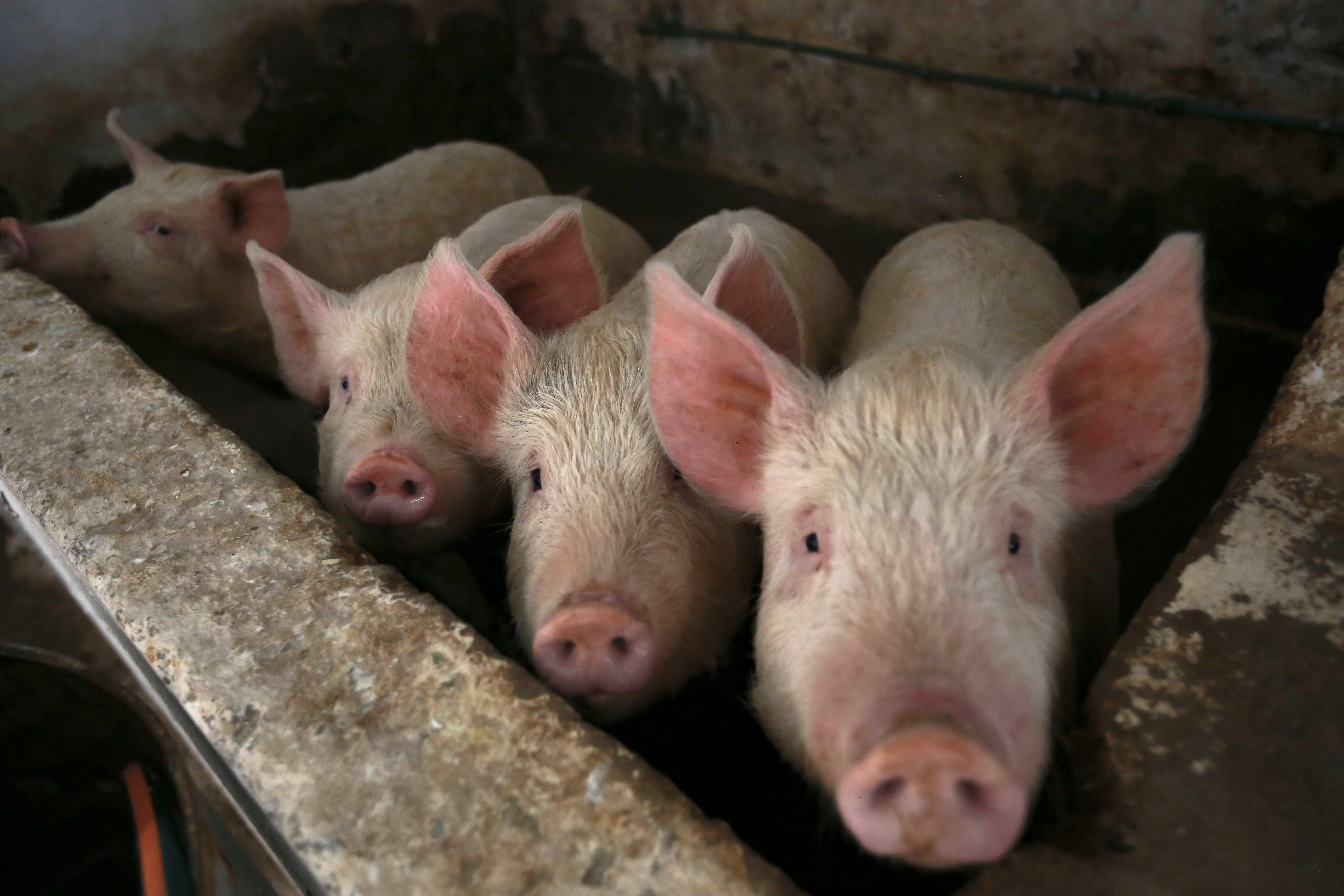Mexican migrant shelter aspires to raise its own food
A shelter near the U.S.-Mexico border is hosting not only migrants and asylum seekers, but chickens, pigs and eventually fish as a local priest confronted with lengthier stays seeks a degree of self-sufficiency and stress-relieving activity for his guests

A shelter near the U.S.-Mexico border is hosting not only migrants and asylum seekers, but chickens, pigs and eventually fish as the priest who runs it confronts lengthier stays by seeking a degree of self-sufficiency and stress-relieving activity for his guests.
Asylum seekers forced to wait out their U.S. cases in Mexico are in some cases spending months at the San Matias shelter run by the Rev. Hector Trejo in this sprawling industrial city across the border from El Paso Texas
The wait is stressful for people who in some cases are fleeing traumatic situations in their home countries. The costs of feeding a semi-permanent population also have been growing.
Raising their own food appears to help with both challenges.
“On one side you have a space with the possibility of producing food; on the other you have a safe and decent space for the families so they can go through their process in the most harmonious way possible,” Trejo said.
There are pig pens where large hogs nap or stick out their snouts for a rub from migrants and a greenhouse where vegetables are shielded from the chilly winter temperatures at the block-sized lot in a high-crime neighborhood about a mile from the border.
Trejo also is planning a fish farm that will have capacity to produce 7 tons of tilapia a year.
“It is relaxing just going to the chicken coops to feed them,” said José María Guerrero, who fled his home in the central state of Michoacan due to violence and is seeking asylum in the U.S. “Of course it helps you. It makes you forget for a moment your problems and additionally you have something to do here.”
The Biden administration resumed the so-called Migrant Protection Protocols, better known as Remain in Mexico, on Dec. 6 in El Paso. It was a Trump-era policy aimed at dissuading asylum seekers from travelling to the U.S. border. Biden ended the policy when he took office, but a court forced his administration to reimplement it.
The number of asylum seekers returned to Mexico under the reimplemented policy has so far been fairly small. But U.S. authorities also expelled migrants more than 1.5 million times without an opportunity to claim asylum since March 2020 under the pandemic restrictions known as Title 42 authority, named for a 1944 public health law.
Both policies have increased pressure on Mexican border cities and especially their limited shelter capacity.
Biologist Benjamin Navarrete’s Biological Innovations company designed the farm operation and believes it could be replicated at the sites of humanitarian crises.
“It is a great model, especially in the case of shelters where most of the expenses are for food and all this is an organic production,” Navarrete said.
Bookmark popover
Removed from bookmarks